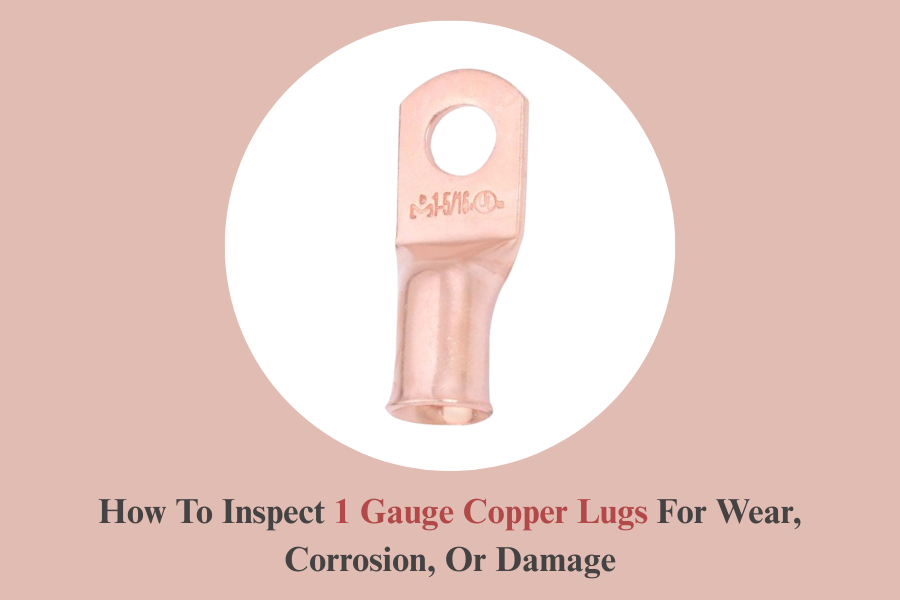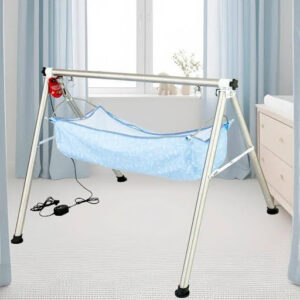How To Inspect 1 Gauge Copper Lugs For Wear, Corrosion, Or Damage

In high-amperage electrical systems, details are very important. Most people think about the cables or the battery, but the 1 AWG terminal lug at the connection is just as important. The tiny lug ensures good current flow, stable connections, and system safety. However, like all electrical components, lugs do not last a lifetime. Periodic inspection of your 1 gauge copper lug can keep you from unanticipated downtime, expensive repairs, or worse, electrical calamity.
Here’s a practical guide on how to inspect your copper lugs and recognize when it’s time for a replacement.
Why Inspection Matters
Copper lugs are designed to be robust, but they’re never free of stress: from high current to vibration, extreme heat or cold, and sometimes, harsh environments. Over time, even the best-built lug will wear out. Ignoring the signs of wear can result in a lug that:
- Adds resistance to the connections and limits the power flow.
- Creates excess heat, enough to degrade cables and terminals.
- Causes inefficient systems or equipment failures.
Regular inspection is your first line of defense against these problems.
Step 1: Visual Surface Check
Start with the basics, take a close look at the lug itself. A 1 AWG terminal lug should have a clean, smooth surface. Warning signs include:
- Discoloration: Dark or burnt marks usually indicate that the lug has been overheated.
- Corrosion: Green or white buildup means the lug has oxidized.
- Cracks or splits: Any sign of structural damage means you should replace the lug immediately.
Pro tip: Always inspect the lug in a well-lit area, and don’t disregard small changes; they normally signal bigger problems below the surface.
Step 2: Check The Connection Fit
The performance of a lug depends on how securely it’s attached to the cable and terminal. A 1 gauge copper lug that’s loose can quickly become a weak point.
Look for:
- Cable pull-out: Gently pull the cable – if it moves within the lug barrel, the crimp is compromised.
- Loose terminal fit: Ensure that the lug is tight against the stud and does not wiggle.
If one of these does not feel right, it is time to replace or re-crimp.
Step 3: Inspect For Heat Damage
Heat is a major enemy of electrical connections. Consistent overheating not only degrades the copper but can also soften insulation and lead to failure.
Signs of heat damage include:
- Melted or brittle insulation around the lug.
- Burnt odor near the connection point.
- Color changes on the copper, such as a dull or darkened appearance.
Pro Tip: If you catch recurring heat damage, check the system load. Sometimes the issue isn’t just the lug, but an undersized cable or improperly torqued connection.
Step 4: Examine For Environmental Effects
If your system is operating in a marine, industrial, or outdoor environment, your lugs are experiencing even more from the environment. Even solid copper can suffer from corrosion or metal breakdown over time.
Look out for:
- Moisture ingress: Water enters the lug barrel and rusts wire strands.
- Pitting or flaking: This indicates a breakdown of metal because of environmental conditions.
- Rough surface: A lug that was once smooth but is now grainy is a warning sign.
Pro Tip: Using adhesive-lined heat-shrink tubing can tremendously extend the life of your lugs in these environments.
Step 5: Regular Maintenance Schedule
Even if nothing is currently wrong, do not wait until there is a failure. Schedule inspections based on usage:
- Heavy systems (industrial, marine and electric vehicles): Every 3 months to 6 months.
- Standard systems (residential solar and backup): Twice per year.
- Critical systems (medical and data centers): Monthly or per manufacturer guidelines.
Regular check-ups allow you to determine and address issues early, rather than waiting until failures occur and are costly.
When To Replace A 1 Gauge Copper Lug
If you notice any of the following, replacement is the safest option:
- Visible cracks or breaks.
- Severe corrosion or oxidation.
- Loose crimp that can’t be re-secured.
- Consistent overheating at the same connection point.
Trying to extend the life of a compromised lug isn’t worth the risk. New 1 AWG terminal lugs are inexpensive compared to the cost of equipment damage or downtime.
Final Thoughts
Electrical systems are only as good as their weakest link and the 1 gauge copper lug is important for safe and efficient power delivery. Including inspections in your maintenance regimen will help catch issues that would otherwise stay hidden until the system fails catastrophically.
When the time comes for replacements, check out selterm’s quality line of rugged 1 gauge copper lugs, which is worth considering for your demanding applications.
Be proactive, inspect regularly and enjoy the peace of mind when you know your systems are running at their best.






